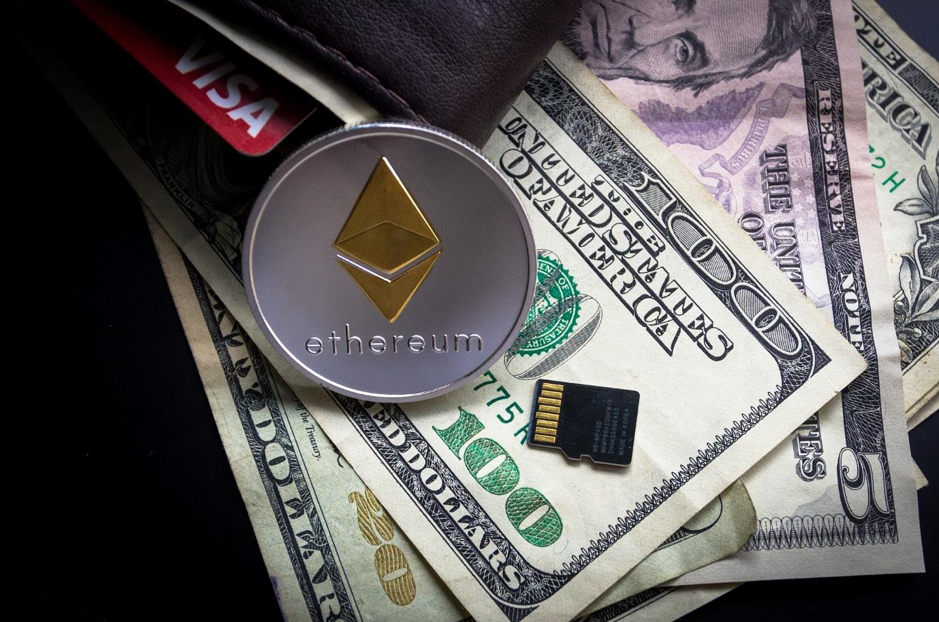Ethereum is the world’s oldest, largest, and most widely used decentralized application (dApp) blockchain. It is home to thousands of dApps that boast millions of users with daily transactions going as far as billions of dollars. While these transactions are of unique size, form, and nature, they have one common denominator: gas fees.
Whether you want to send funds to a friend, purchase an NFT, or convert ETH to USD for fiat purchases, you will need gas fees. Today, we’ll take you through Ethereum gas fees, including what it is and why it’s vital to your crypto portfolio.
What Is Ethereum Gas Fees?
For a user to interact with the Ethereum network, the network charges a certain amount of Ether (ETH). This amount is known as ‘gas.’ So essentially, Ethereum gas is what Ethereum users pay to execute transactions or utilize smart contracts on the network. It is denominated in gwei (gigawei), with one gwei equaling one billionth of an ETH. Note that you can only pay Ethereum gas fees in Ether (ETH) – Ethereum’s native token.
So, why is this fee necessary? First, operating the Ethereum network requires resources in the form of computational power, so the fee is meant to compensate Ethereum miners for the energy expended during transaction verification. The fee also adds an extra layer of protection to the network by making it too expensive for spammers to penetrate and release harmful code any time they feel like.
However, while gas fees are a fantastic motivation tool for miners, they are every user’s worst nightmare when using the platform. Their cost can rapidly skyrocket, particularly when the network is crowded.
How Do Ethereum Gas Fees Work?
Say you want to purchase ETH for your crypto wallet. This step-by-step process accurately illustrates how Ethereum gas fees function.
1. Initiate the Transaction
Using Ethereum or any other exchange of your choosing, initiate a transaction to buy ETH. Input the amount you wish to purchase alongside further necessary details.
2. Approve the Estimated Gas Fee
Next, the platform will give you an estimate of the gas fee. Most exchanges and platforms automatically evaluate the current Ethereum fees and network demand to create a gas fee that balances cost and transaction speed. You can submit the transaction for processing if the estimated price is acceptable.
3. The Transaction Goes to the Ethereum Platform
Your ETH purchase order gets sent to the Ethereum network. The data contained in the purchase order puts an upper limit on the gas fee you’re willing to pay.
4. Creation of a New Block
With the transaction on the Ethereum network, the next step is assembling new blocks for the network. Ethereum network validators do this by selecting the transactions cleared for validation. As a general rule of thumb, transactions that attract the highest gas fees are given priority as they bring the most profits to validators. Once your transaction becomes part of a block, which is then included in the blockchain, it can be classified as complete.
5. Digital Wallet Balance Updates
With your transaction published to the blockchain, you will receive your Ethereum balance updates, and the gas fee will be withdrawn. Your transaction total is the value of the ETH purchase amount plus the gas fee.
6. Validator Receives Gas Fees
The validator who processed your transaction gets their share of your gas fee. They also receive a portion of the gas fees associated with all the transactions in the block.
Why Ethereum Gas Fees Matter
If you are a stock trader or mutual fund investor, you must already know why it is important to minimize fees. In the long run, fees can snowball into a large sum, so even a cost that appears small can have a compounding effect on your portfolio performance. This principle of compounding fees also applies to Ethereum gas fees and their likelihood of affecting your crypto portfolio. Actively purchasing and making sales on Ethereum or participating in DeFi activities can cause your gas fees to add up quickly, but there are also ways you can optimize it.


Leave a Reply